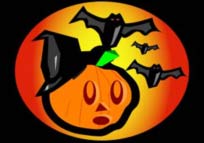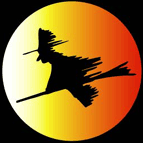|
By: Jan Verhoeff
Often when I set the scene for a book or short story, I find it easiest to use a photo as the 'developer' for the setting.
By using a photo, only a very small part of your scene is visible, the rest must be imagination. Focus on the color, line,
form, objects, and emotion in the painting using words to express them.
A good way to find words for a painting is simply putting action to the description: leaves dance, flowers blossom, clouds
cover, lightening flashes, and birds sing.
Always SHOW the reader where the setting is, using actively participating words that bring them to the scene. If you
simply tell them, they won't be able to feel it, or smell it, or taste it, hear it, or see it. Use your own five senses to
depict emotion, then show your reader the way you feel there in your scene.

Ponder Ezine Articles
Near Misses
Article by: Tami Newton
Mom's Write
Article by: Sarah Smiley
..

Tell vs. Show
Written by: Jan Verhoeff
It was a clear day. The sun was shining. Tom's dog was playing with a ball. Tom had been reading his book on the park bench.
He had to study for a test in history. So he was studying at the park. The ball was rolling across the ground. Tom had
to reach for the ball to catch it.
or...
Azure skies contrasted with the golden leaves of autumn on a warm September day. Tom's Irish Setter, Mango, frolicked
about in the grass nipping and pushing at an old rubber ball. His moans and yipes told Tom he was staying nearby, even as
Tom lounged comfortably on the park bench studying for his history exam. Tom wanted to play ball, but he just studied harder.
Whenever Mango rolled the ball near him, Tom stretched to catch it, and toss it back.
While the first paragraph told what happened. The second paragraph added action verbs, detail, flavor, and appeals to
the senses of the reader bringing him into the story. The reader can decide the day is clear, with azure skies overhead,
golden leaves on the trees, and the warmth of a summer day. The reader can see Mango rolling and nipping at his ball. They
can hear the dog playing. Tom's behavior appeals to their senses as he is comfortable but would prefer to be playing.
Simple technical terminology will suffice if you need to simply give a person direction, but when your desire is to entertain
the reader, offer up a sensual palette of action terms to draw the reader into your story and make them part of the scene.
|



